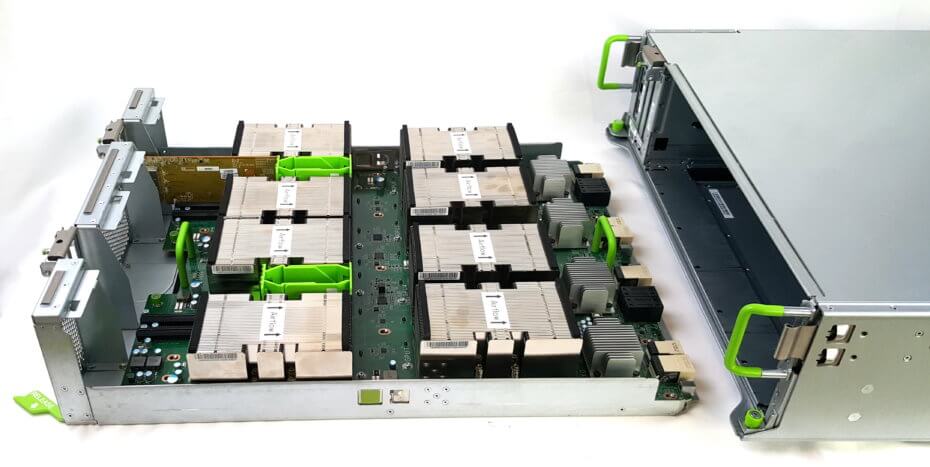
Facebook has unveiled a new type of data centre server called Big Basin, which is said to be useful for artificial intelligence.
Through the Open Compute Project, the social media giant is making available the new hardware for use by other companies.
In 2015, the company released its original graphics processing unit (GPU) server named Big Sur.
The firm has also reduced the size of the Big Basin box, which connects to a new server called Tioga Pass.
The memory of the new server, which can support eight new generation GPUs, has been increased from 12GB to 16GB. Its throughput has also been doubled compared to Big Sur.
Separately, Facebook has also unveiled a new storage platform called Bryce Canyon, which supports the inclusion of 12 more hard disk drives compared to its previous version Honey Badger.
The new platform, which supports 72 hard disk drives (HDDs) in four Open Rack units, allows storing high-density data, including videos and photos. 
Facebook’s Jason Adrian said in a blog: “With a new focus on video experiences across our family of apps, our workloads are increasingly requiring more storage capacity and density.
“Our goal was to build a platform that would not only meet our needs today, but also scale to accommodate new modules for future growth.”
Bryce Canyon offers 20% higher density storage compared to Facebook’s first storage platform Open Vault, which was contributed to the Open Compute Project in 2013.
It also offers four times higher computing capacity than that of the Honey Badger storage server designed in 2015.
Facebook has also updated its multi-node compute platform Yosemite by including a hot service to enable servers to function even after the removal of the sled from the chassis.
Launched by Facebook in April 2011, Open Compute Project is an initiative to share the custom-engineered technology in its data centre in Prineville, Oregon. It is aimed at transforming the energy efficiency of global data centres.






